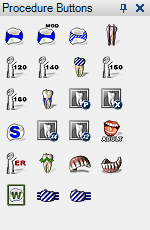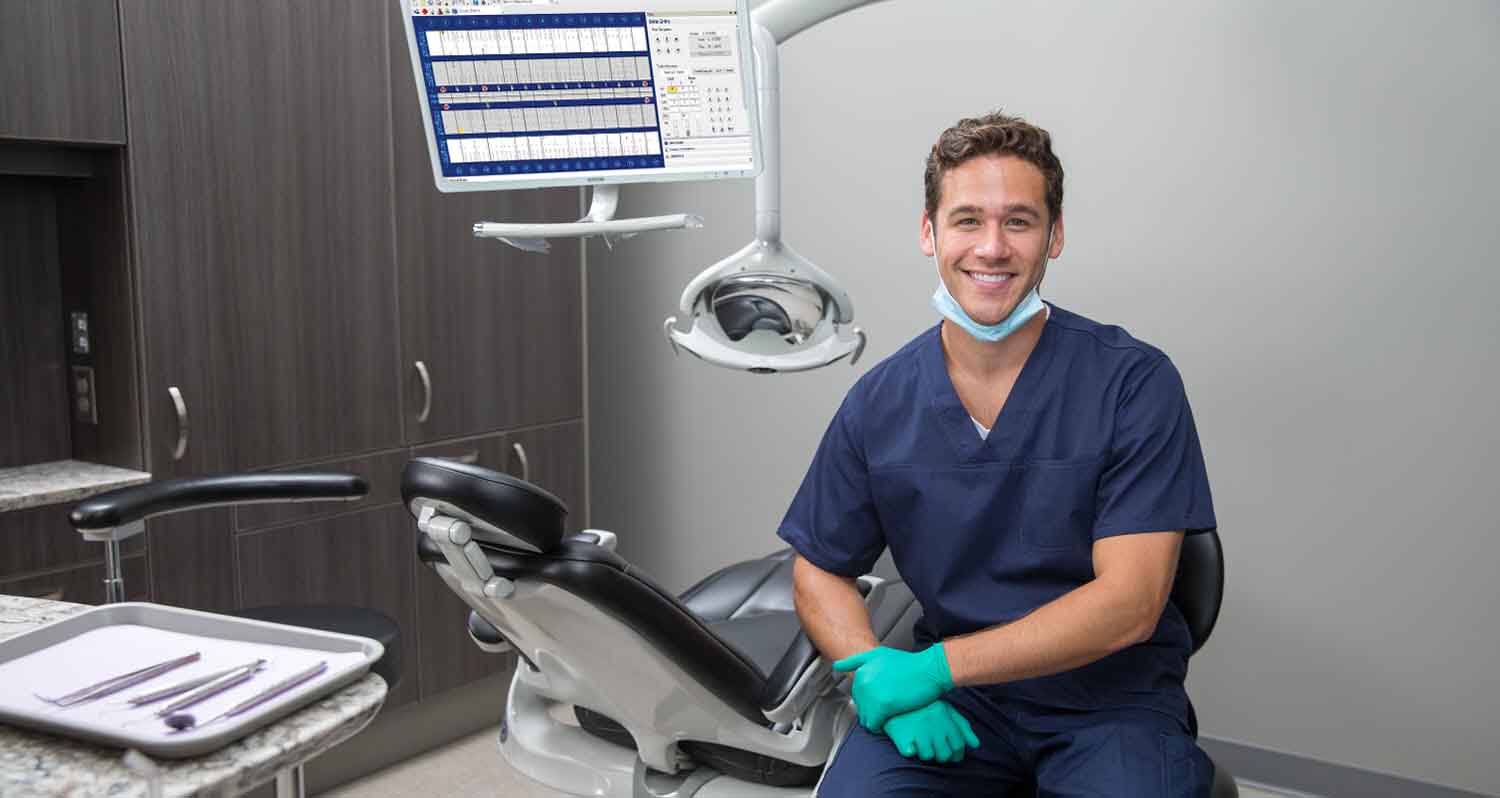Use these four Dentrix tools to help your hygienists chart and treatment plan more effectively.
Hygienists play an important role in a practice. They can be an asset as producers for the office. As office managers, if we can give the hygienists tools to be more efficient with the software, they could have more time to spend on patient care, explaining treatment, and ultimately creating more production for the practice.
During the patient’s appointment, there are certain tasks we expect a hygienist to perform. One important task is to chart the patient’s existing restorations and treatment plan procedures. Having a hygienist chart and treatment plan effectively can help the front office create a treatment plan to present to the patient. I think it can be helpful for the hygienist to chart and enter treatment in the operatory, that way the front office team has an opportunity to review the patient’s treatment plan before the patient comes up front.
Here are a four tools to help your hygienist chart and treatment plan more effectively.
Use Procedure Buttons in Dentrix
Procedure buttons can save the team so much time when they’re charting. Think of these buttons as short-cuts. Instead of having to scroll through procedure categories to search for a specific procedure code while they have a patient in the chair, it’s much faster to select an icon from the procedure buttons list.

As an office manager, you may be very familiar with the ADA codes and where to find them, but typically hygienists are not. Procedure buttons can help hygienists to select the correct code for the procedure. I’ve seen offices chart a crown code for the wrong type of material because the hygienist wasn’t familiar with the ADA codes. Creating procedure buttons can help to decrease these types of errors.
In Dentrix you can create a customized set of procedure buttons that works for your office. Once you’ve created the customized buttons your office uses the most, they are accessible from any workstation in Dentrix, meaning the team can chart existing restorations or treatment plan procedures quickly.
Use the Auto-State Button in the Dentrix Chart
The Auto-State button in the Patient Chart provides a fast and convenient way to chart procedures. The hygienist can chart multiple procedures that will have the same status (treatment plan, existing, existing other) using less mouse clicks.
![]()
To use the Auto-State button, choose the light switch icon in the Patient Chart and then choose the procedure status, for example, EO (existing other). Dentrix puts a box around the selected status. Once activated, all the procedures you chart will be assigned this status. Think of the Auto-State button like the Caps Lock button on your keyboard. Once you turn it on, all the letters you type are capitalized. Similarly, once the Auto-State button is turned on, all the procedures you chart will be assigned to the selected status.
During Dentrix training I suggest to hygienists they use the Auto-State button. It’s especially beneficial for new patients. They can use the Auto-State to chart all the patient’s existing restorations, then switch to the treatment plan status when the doctor comes in to do the exam.
Use Keyboard Shortcuts in the Perio Module
Accurate probe depths are an important part of the patient’s record. Regular probing is important to catch signs of periodontal disease. Many offices have their hygienist probe patients once a year. Here is a tip to share with your hygienist that can make the process of probing quicker.
Many hygienists use the number pad on their keyboard to chart probe depths. They can also use keyboard shortcuts to chart, bleeding, suppuration, and bone loss. When the cursor is on the tooth and surface they want to chart bleeding for, they simply need to press B on the keyboard. Similarly, hygienists can use the S key to record suppuration and the L key to record bone loss. Using the keyboard saves the hygienist from having to switch from the keyboard to mouse, which saves time when periodontal charting.
Use Clinical Note Templates
Using clinical note templates when writing notes is a huge time-saver. My favorite part about using templates is that they are completely customizable. They can be as detailed (or not) as you want them to be. Using clinical note templates ensures that all the clinical notes for a procedure are consistent throughout the office. That way you can be sure the clinical notes your doctor wants are included.
Hygienists are producers for the office. If we can give them ways to use Dentrix more efficiently and save them time, they can spend more time on patient care discussing procedures that can profitable for the office.
Learn More
For additional information, read the following :
- Entering Perio Measurements
- Keyboard Shortcuts in the Dentrix Perio Module
- Adding Clinical Notes using Templates and Prompts

By Charlotte Skaggs
Certified Dentrix Trainer and The Dentrix Office Manager columnist
Charlotte Skaggs is the founder of Vector Dental Consulting LLC, a practice management firm focused on taking offices to the next level. Charlotte co-owned and managed a successful dental practice with her husband for 17 years. She has a unique approach to consulting based on the perspective of a practice owner. Charlotte has been using Dentrix for over 20 years and is a certified Dentrix trainer. Contact Charlotte at [email protected].





